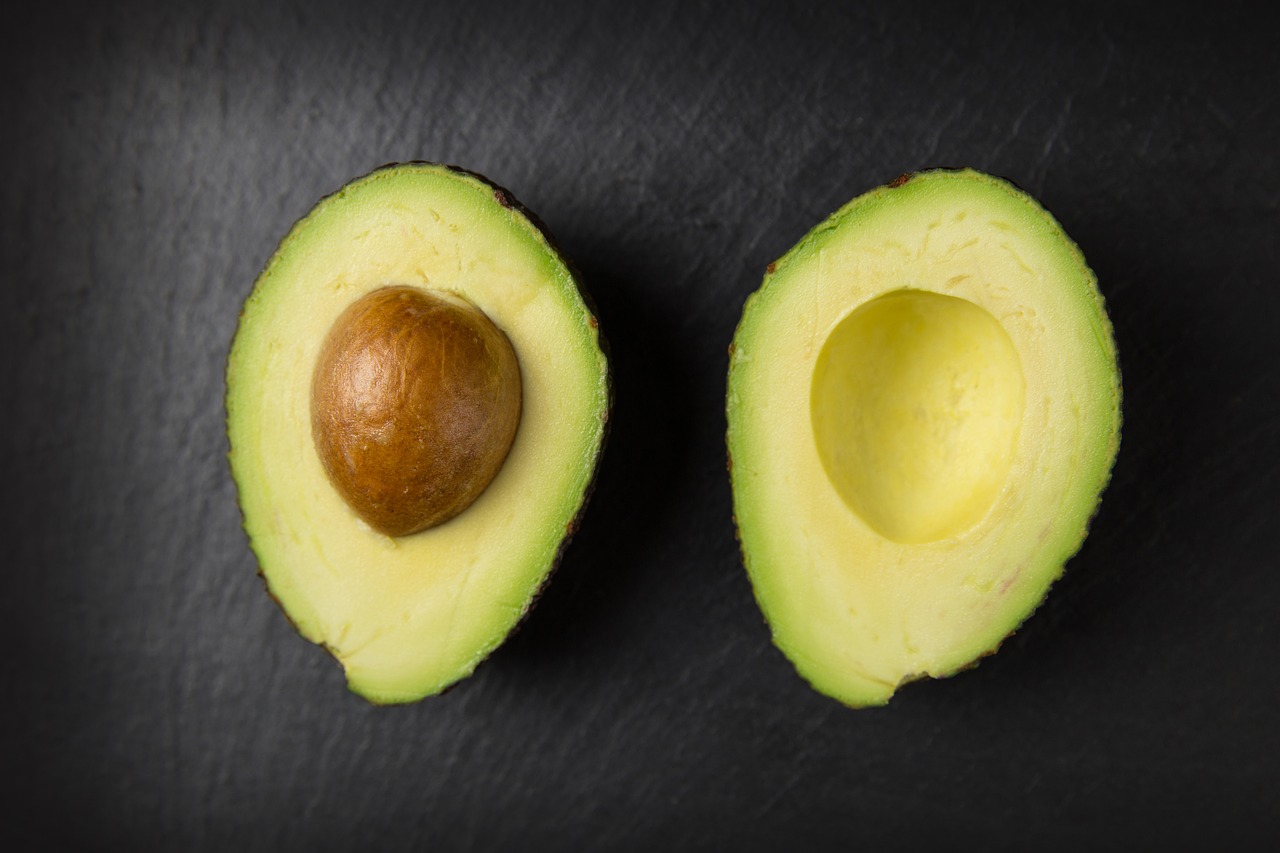Glaucoma, the second leading cause of blindness worldwide is the subject of a wide range of research and opinion as to both the causes and treatments.
What is Glaucoma?
Many people confuse glaucoma with high pressures in the eye and equate the two.
Glaucoma is defined as damage to the nerve cells at the back of the eye and is now viewed as a neurodegenerative condition, rather than an eye condition per se. The optic nerve and the ganglion nerve cells in the retina are considered to be an extension of the brain.
The connection with high pressures in the eye is that as the optic nerve fibres enter the eye, they pass through a fibrous ‘sieve’. High pressures can cause the ‘sieve’ to be pushed out and distorted so it presses on the nerve fibres.
There are various way they can be damaged, including: trauma, oxidation from high carbs/sugar diet, poor blood flow, infection and genetic factors.
The most important factor is that early detection and treatment can prevent sight loss. Poorer outcomes can be expected in underdeveloped countries where regular eye checks are unlikely.
The early symptoms are not really noticeable and unless you are in the habit of visiting your ophthalmic optician at regular intervals, usually every two years, you are unlikely to detect changes until they become visually apparent.
Risk factors include ethnicity, diabetes, high blood pressure and low thyroid function and use of steroids
How is it treated?
The medical treatment of glaucoma generally focuses only on the management of high pressures.
The pressure is usually raised because a drainage channel (trabeculum) near to the Iris becomes blocked, reducing the flow of a watery fluid called aqueous humour from the inside of the eye.
Pharma Eye drops are applied daily to reduce the pressure. There are several types, intended to reduce the amount of fluid produced, or increase the outflow. These tend to have side effects. If you do use them, then be sure to squeeze the inside corners of your eye against the nose for a minute to stop the drops going into your sinuses where they can irritate the lining.
If this fails then surgery is used to widen the channel or insert a drainage tube. This tends to require repeating after a time.
What Can I do About it?
If you have any history of glaucoma in the family, then you should be offered annual checkups and it is important to keep to these.
There are two objectives in any natural treatment:
- Manage the pressures in your eye
- Protect and restore the Optic nerve and retinal nerve cells
These two supplements contain a range of herbs and nutrients that have been shown to be beneficial for both objectives, including
Coleus Forskohlii – helps to relax smooth muscle and lower intraocular pressure
Bilberry extract – helps blood flow and strengthens blood vessels.
Gingko Biloba – helps blood flow to the retina and brain function
Alpha Lipoic Acid R – This is a very good antioxidant with many powers including protection of the optic nerve.
Brain Power – For support of normal brain function, including the retina.
See below for additional advice on lifestyle and diet and consider taking advantage of our free Good Health Coaching support via www.MyGoodHealthClub.com





I have been diagnosed with cataract in one eye.Slow growing and one stage away from referral
What can I do to help slow it?
Hello Pauline, follow our cataract health and lifestyle plan here for best results: http://www.goodhealthhelpdesk.com/index.php?/HelpDeskDirect/Knowledgebase/Article/View/1920/70/cataracts-health-plan.